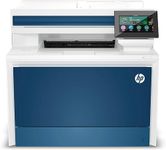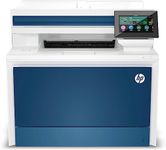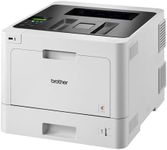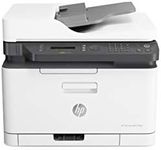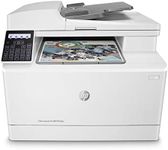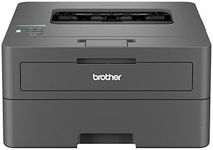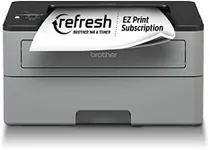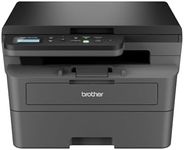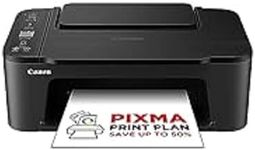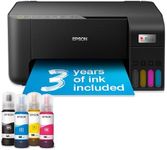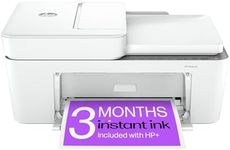Buying Guide for the Best Home Laser Printers
When choosing a home laser printer, it's important to consider your specific needs and how the printer will fit into your daily life. Laser printers are known for their speed, efficiency, and high-quality text output, making them ideal for home offices or for those who print frequently. Understanding the key specifications will help you make an informed decision that aligns with your printing habits and requirements.Print SpeedPrint speed, measured in pages per minute (PPM), indicates how fast a printer can produce pages. This is important if you need to print large volumes quickly. Printers with speeds of 20-30 PPM are suitable for moderate use, while those with speeds above 30 PPM are better for heavy use. Consider your typical print volume; if you print a lot, a higher PPM will save you time.
Print QualityPrint quality is measured in dots per inch (DPI) and determines the clarity and detail of the printed output. Higher DPI values mean better quality, which is crucial for printing detailed documents or images. For general text documents, 600 DPI is usually sufficient, but for graphics or professional documents, you might want 1200 DPI or higher. Choose based on the type of documents you print most often.
Connectivity OptionsConnectivity options refer to how the printer connects to your devices. Common options include USB, Wi-Fi, and Ethernet. Wi-Fi connectivity allows for wireless printing from multiple devices, which is convenient for home use. If you have a single computer setup, USB might suffice. Consider your home network setup and how you prefer to send print jobs to the printer.
Duplex PrintingDuplex printing is the ability of a printer to print on both sides of a page automatically. This feature is important for saving paper and reducing environmental impact. If you frequently print double-sided documents, look for a printer with automatic duplexing. If you rarely need this feature, manual duplexing (flipping the paper yourself) might be adequate.
Paper HandlingPaper handling refers to the types and sizes of paper a printer can accommodate, as well as the capacity of its paper tray. This is important if you need to print on different media types like envelopes or labels. A standard home printer should handle letter and legal sizes, but if you need more versatility, check for additional options. Consider your typical printing tasks to determine the necessary paper handling capabilities.
Toner Cost and YieldToner cost and yield refer to the price of replacement toner cartridges and how many pages they can print. This is crucial for understanding the long-term cost of owning a printer. High-yield cartridges print more pages and are more cost-effective over time. If you print frequently, look for printers with affordable toner and high yield to keep running costs low.
Size and DesignSize and design pertain to the physical dimensions and aesthetic of the printer. This is important for ensuring the printer fits in your designated space and matches your home decor. Compact models are ideal for small spaces, while larger models may offer more features. Consider where you plan to place the printer and how much space you have available.
